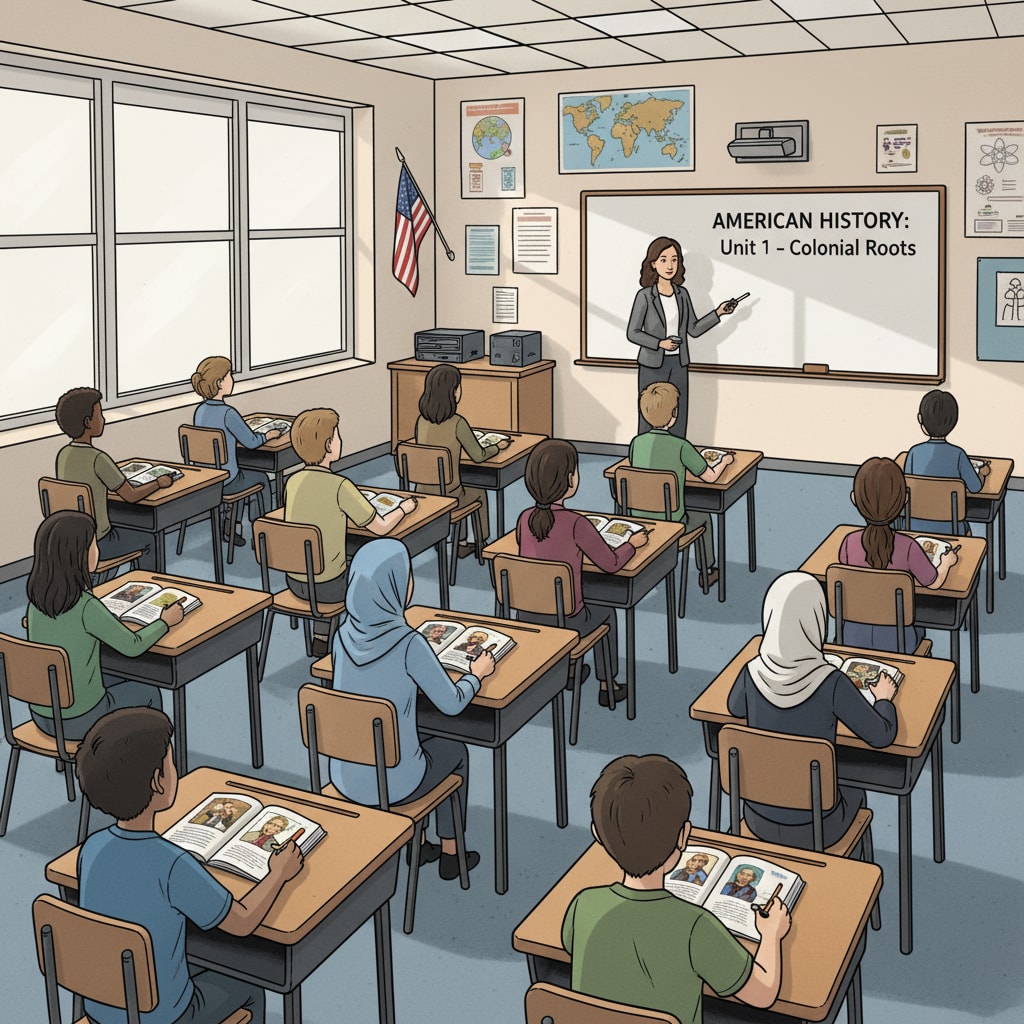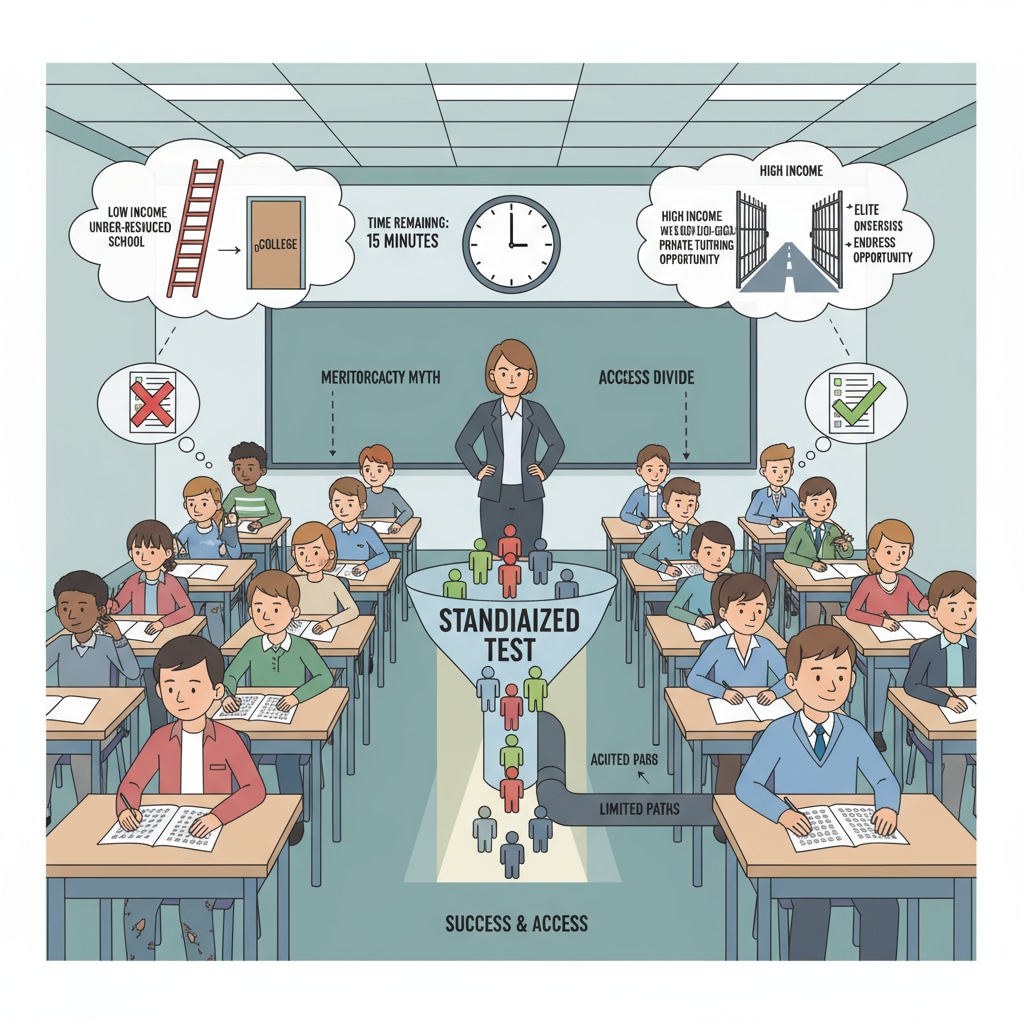The American education, social class screening, and school system are intricately intertwined, functioning in ways that often perpetuate social class divides. Instead of being a tool for equal opportunity, the school system has become a mechanism that reinforces existing social hierarchies.

The False Equivalence of “Education” and “School”
One of the fundamental issues lies in the common misperception that equates “education” with “school.” Education is a broad concept encompassing learning in various forms, while school is just one institution where education takes place. In the American context, this false equivalence has led to a narrow focus on what happens within school buildings. For example, standardized testing, a cornerstone of the American school system, is often seen as the measure of educational success. However, as Standardized testing in the United States on Wikipedia shows, these tests are often biased towards students from more privileged backgrounds. They may not accurately reflect the true learning and potential of students from disadvantaged families.

The Role of School Funding
School funding is a significant factor in the social class screening function of the American school system. Public schools are primarily funded through local property taxes. This means that schools in wealthy neighborhoods receive more funding compared to those in poorer areas. As a result, students in affluent schools have access to better resources, such as state-of-the-art facilities, highly qualified teachers, and a wider range of extracurricular activities. In contrast, students in underfunded schools often struggle with outdated textbooks, overcrowded classrooms, and limited educational opportunities. According to Education in the United States on Britannica, this funding disparity further widens the gap between students from different social classes.
The American school system, with its current structure and practices, is far from being an equalizer. It continues to play a role in maintaining social class differences. By addressing the false equivalence of “education” and “school” and reforming school funding, there is hope for a more equitable educational system that truly provides opportunities for all students, regardless of their social class background. Readability guidance: We’ve used short paragraphs to clearly present ideas. Each section has a focus, like the role of funding and the misperception of education. Transition words have been added to ensure a smooth flow, and we’ve maintained an appropriate balance of sentence lengths and active voice usage.


